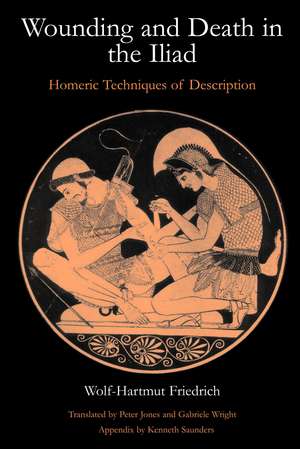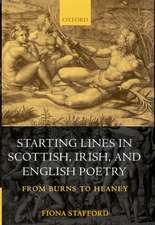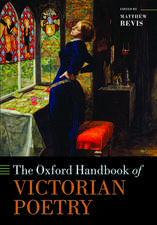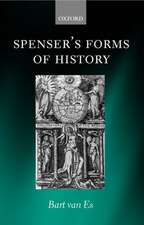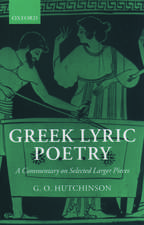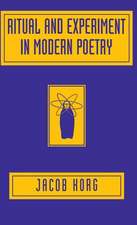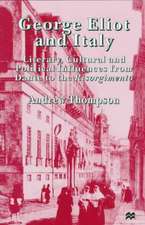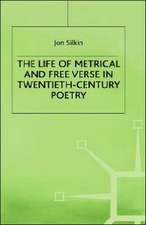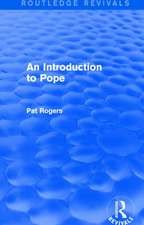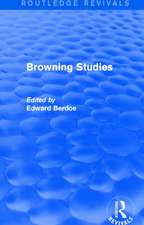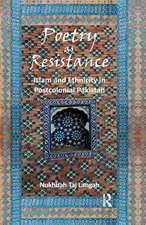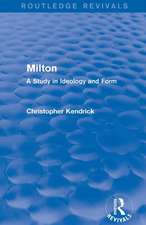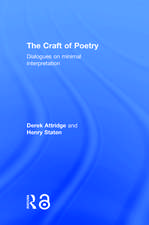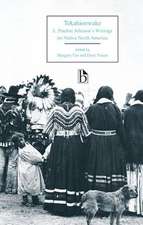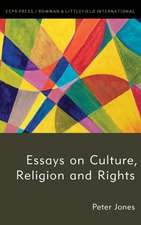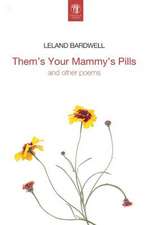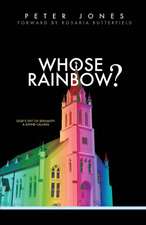Wounding and Death in the 'Iliad': Homeric Techniques of Description
Autor Wolf-Hartmut Friedrich Traducere de Gabriele Wright, Peter Jonesen Limba Engleză Hardback – 25 sep 2003
Preț: 772.74 lei
Preț vechi: 1027.53 lei
-25% Nou
Puncte Express: 1159
Preț estimativ în valută:
147.86€ • 154.39$ • 122.10£
147.86€ • 154.39$ • 122.10£
Carte tipărită la comandă
Livrare economică 15-29 aprilie
Preluare comenzi: 021 569.72.76
Specificații
ISBN-13: 9780715629833
ISBN-10: 0715629832
Pagini: 186
Dimensiuni: 156 x 235 x 18 mm
Greutate: 0.46 kg
Editura: Bloomsbury Publishing
Colecția Bristol Classical Press
Locul publicării:London, United Kingdom
ISBN-10: 0715629832
Pagini: 186
Dimensiuni: 156 x 235 x 18 mm
Greutate: 0.46 kg
Editura: Bloomsbury Publishing
Colecția Bristol Classical Press
Locul publicării:London, United Kingdom
Notă biografică
Wolf-Hartmut Friedrich (1907-2000), was an 'ordentlicher' emeritierter professor in Göttingen, member of the Akademie der Wissenschaften zu Göttingen since 1953. Peter Jones is one of the best-known figures in the teaching and appreciation of the Classics. Co-founder of Friends of Classics, he has published widely on Homer and is a regular contributor to national newspapers. Gabriele Wright studied English, Classics and Italian at Cologne and Princeton and has taught Greek at Newcastle University.
Descriere
W.H. Friedrich's "Verwundung und Tod in Der Ilias", originally published in 1956, discusses in detail the plausibility (or otherwise) of the wounds received on the Homeric battlefield. It also makes a serious and sustained effort to grapple with the question of style
